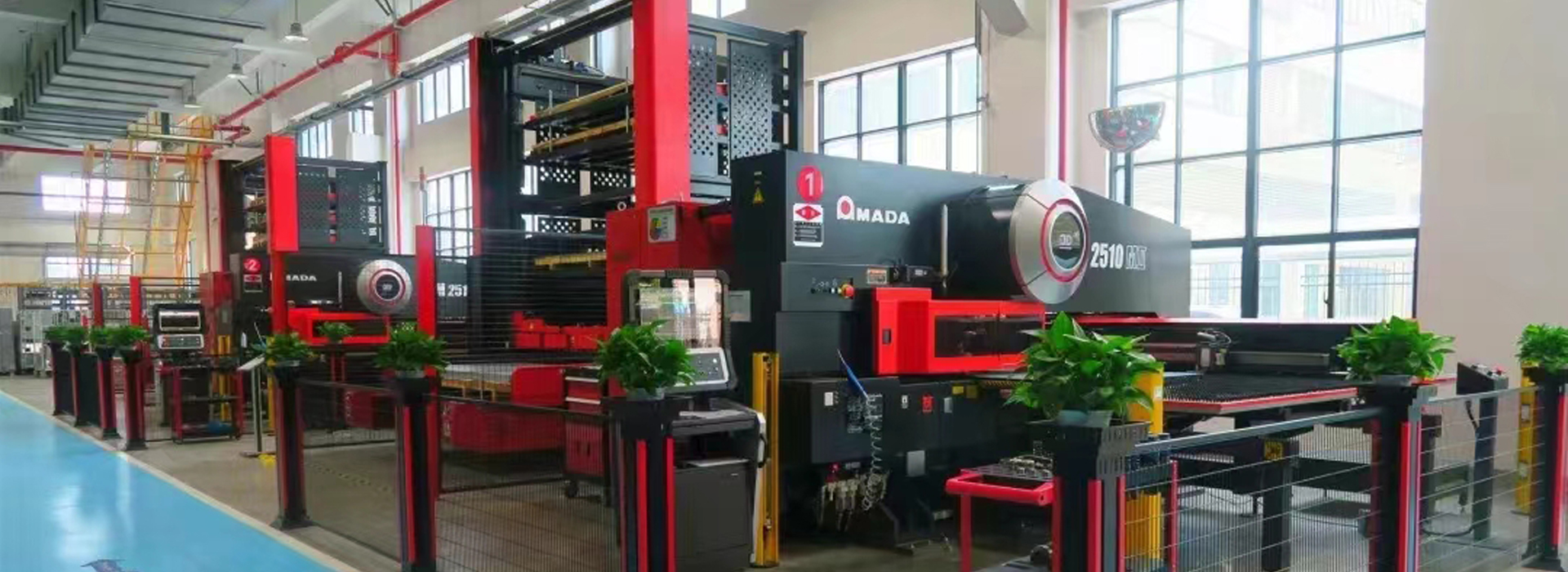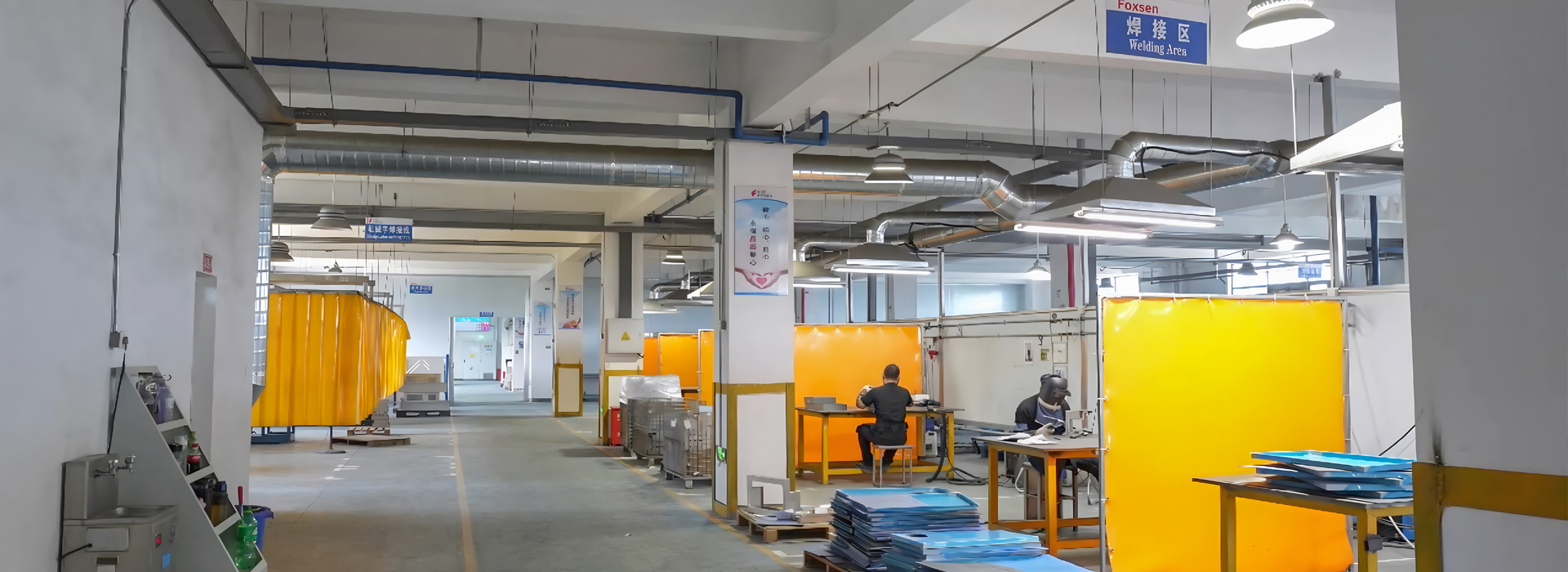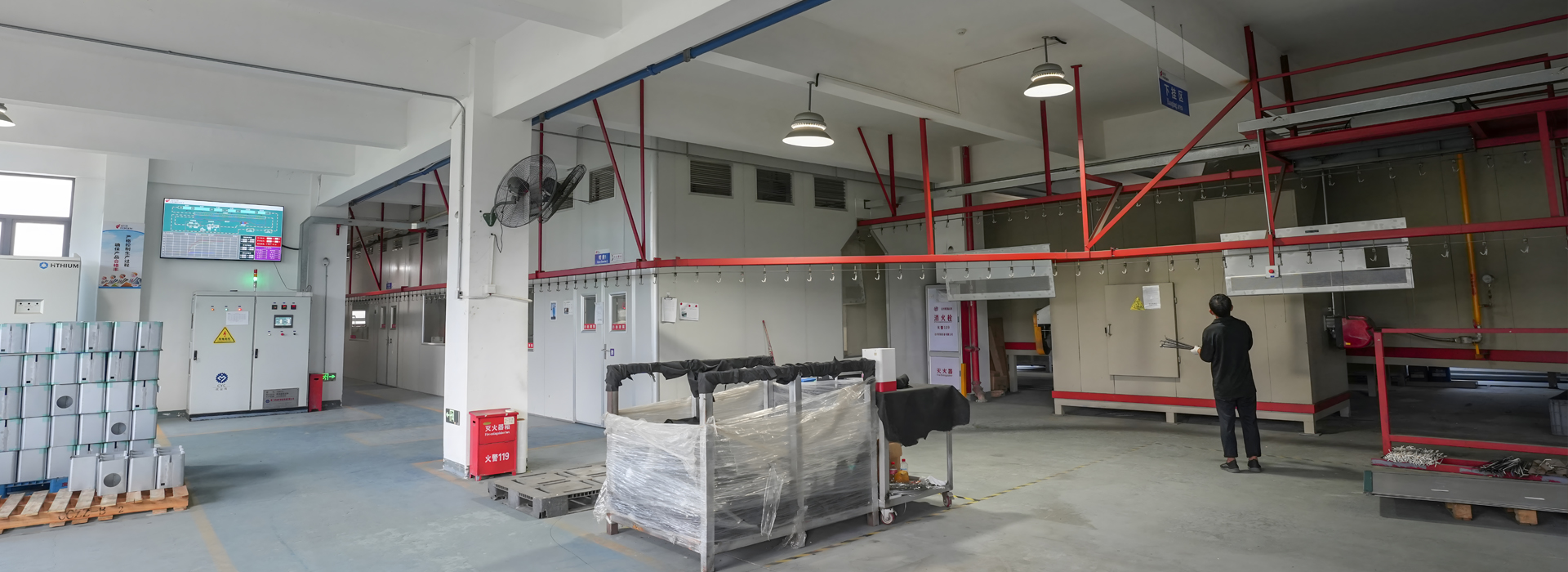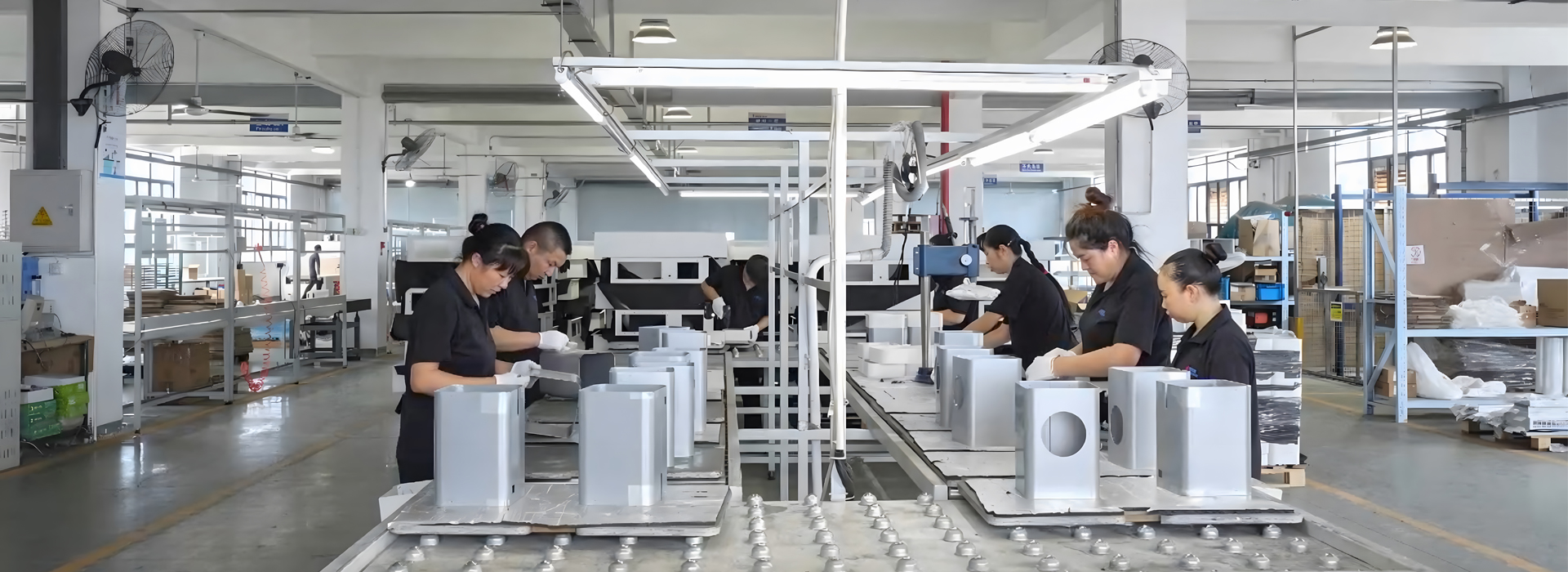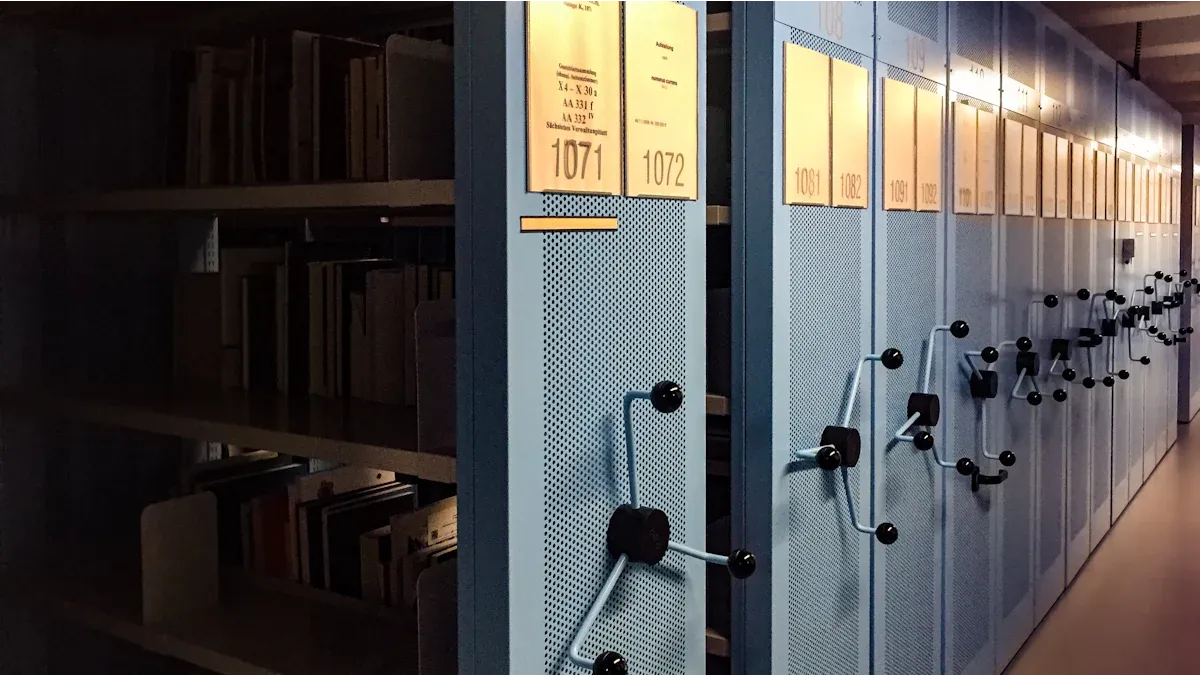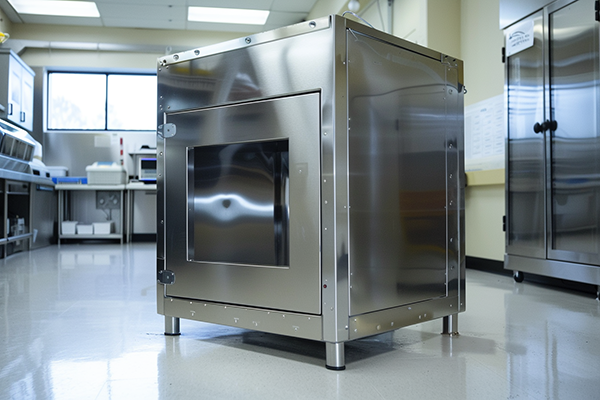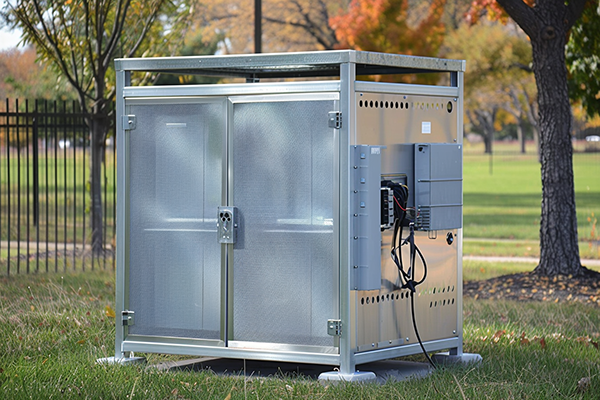Choosing the right sheet metal cabinet can feel like a puzzle, but it doesn’t have to be. Think about what you need to store and where the cabinet will go. Will it handle heavy tools or delicate equipment? You’ll also want to consider the environment. Is it humid or dusty? The durability of the metal cabinet matters here. By focusing on these details, you’ll find a cabinet that fits your space and works like a charm.
Key Takeaways
Think about what you need to store first. Make a list of items and their needs.
Pick the right cabinet material for its location. Use stainless steel in wet places. Use aluminum if chemicals are around. This makes it last longer.
Plan the size and sections of your cabinet. Measure your space and list items to make sure it fits well.
Choose cabinets with shelves you can move and air vents. These help keep things neat and stop equipment from getting too hot.
Take care of your cabinet often. Clean it every month and check for damage. This helps it stay useful and last longer.
Identifying Your Needs for a Sheet Metal Cabinet
Purpose and Application
Think about why you need a sheet metal cabinet. Are you storing tools, electronics, or fragile items? Each use has different needs. For example, if you’re storing backup batteries for energy systems, the cabinet must protect against heat and moisture.
Here’s a simple guide to common uses for sheet metal cabinets:
Knowing the purpose helps you pick the right cabinet for your needs.
Environmental Considerations
Where will you place the sheet metal cabinet? The environment affects how long it lasts. Is the area humid, dusty, or near chemicals? These can damage the cabinet over time. For example, pollution can weaken the metal.
If the cabinet will face tough conditions, choose materials that resist rust and wear. Stainless steel is great for wet areas, while aluminum works well with chemicals.
Tip: Match the cabinet’s material to the environment for better durability and performance.
Storage Capacity Requirements
How much space do you need? This is a key question. Make a list of what you’ll store. Will it be big tools, small parts, or both?
Planning ahead saves time and money. Here’s what to think about:
Dimensions: Measure the space where the cabinet will go.
Compartments: Decide if you need shelves that move or stay fixed.
Weight Limits: Make sure the cabinet can hold the weight of your items.
A good storage cabinet keeps things tidy and uses space wisely.
Material and Durability of Sheet Metal Cabinets
Picking the right material for a sheet metal cabinet is important. The metal type affects how strong it is and how long it lasts. Let’s look at the details.
Common Metal Types (Carbon Steel, Stainless Steel, Aluminum)
Different metals have different strengths and uses. Here’s a simple comparison:
For tough jobs, steel is a great pick. It’s strong and affordable. Aluminum is lighter and easier to handle, perfect for portable cabinets. Stainless steel is best for wet or harsh places because it doesn’t rust easily.
Tip: Think about where and how you’ll use the cabinet. This helps you choose the right material.
Corrosion Resistance and Environmental Protection
Rust can ruin a cabinet, especially in wet or chemical-filled areas. Stainless steel is the best choice for stopping rust. Its special layer keeps it safe from damage.
Aluminum also fights rust well. It forms a natural shield, and you can add extra protection with treatments. But it’s not as tough as stainless steel in extreme conditions. Carbon steel is strong but rusts easily unless coated.
Using protective coatings can make cabinets last longer. Some coatings are better depending on the metal and environment. For example, eco-friendly nanocoatings are becoming popular for their strength and safety.
Note: If your cabinet will face bad weather or chemicals, pick stainless steel or use strong coatings.
Thickness and Strength Considerations
Thicker metal makes a cabinet stronger and more durable. But it also adds weight and cost. The gauge system helps you pick the right thickness.
Here’s a quick guide to thickness by material:
Aluminum: 0.0320 inches (0.813 mm)
Steel: 0.0359 inches (0.914 mm)
Galvanized Steel: 0.0396 inches (1.005 mm)
Stainless Steel: 0.0375 inches (0.9525 mm)
For heavy items, thicker steel or stainless steel works best. If you need something light, go with aluminum. Always match the thickness to what you’ll store.
Pro Tip: Spending more on a thicker cabinet now saves money later. It lasts longer and keeps your items safe.
Design Features of Metal Cabinets
Adjustable Shelves and Compartments
Adjustable shelves help you organize your cabinet better. You can change the shelf height to fit different items. Store small tools, big equipment, or office supplies easily.
For example, in an office, you might need one shelf for files. Another shelf could hold electronics. Adjustable shelves let you rearrange as your needs change. This keeps your cabinet neat and useful.
Tip: Pick cabinets with simple shelf adjustment systems. They save time and effort.
Ventilation and Airflow Options
Good airflow keeps your cabinet and items in good condition. Without it, heat can build up inside. This is bad for electronics like converters or other devices.
Why is ventilation important?
Stops overheating that can harm sensitive equipment.
Helps devices work safely and efficiently.
Offers cooling options like fans, vents, or air conditioning.
If your cabinet is in a hot or closed area, choose one with vents. These features protect your items and make the cabinet last longer.
Security Features like Lockable Doors
Lockable doors keep your valuable items safe. Tools, papers, or electronics stay secure with locks.
Here’s how locks improve safety:
For more security, pick cabinets with tamper-proof or fireproof locks. These features stop unauthorized access and protect your belongings.
Pro Tip: In shared spaces, use cabinets with both key and combo locks. This adds extra convenience and safety.
Customization Options for Sheet Metal Enclosures
Dimensions and Layout Adjustments
Getting the size and layout right is very important. Your cabinet should fit your space and hold what you need. Whether it’s a small office or a big factory, adjustable sizes help a lot.
Custom layouts make the inside work better for your items. For example, tools might need different-sized compartments. Electronics may need space for air and wires. Studies show easy-to-use layouts save time and boost efficiency. Features like movable shelves or modular designs make cabinets more useful.
Tip: Measure your space and plan how you’ll use the cabinet before deciding on the layout.
Finishes, Colors, and Branding
Sheet metal enclosures don’t have to be boring. You can pick finishes and colors that match your style or brand. Powder-coated cabinets are popular because they look nice and resist scratches and rust.
Adding your company’s logo or branding makes a big difference. It’s not just about looks—it helps people recognize your business. Industries like electronics and cars often use branded cabinets to stand out in busy markets.
Pro Tip: A strong finish not only looks good but also protects the cabinet from damage.
Accessories and Add-ons
Extras can make your cabinet even better. Think about what features would help you most. Popular add-ons include cable organizers, cooling fans, and LED lights. These make the cabinet easier to use and protect your items.
For example, cooling fans are great for electronics that get hot. LED lights help you see inside in dark spaces. By adding the right extras, you can create a cabinet that fits your needs perfectly.
Note: Pick accessories that match what you’re storing and where the cabinet will be used.
Installation and Maintenance Tips for Metal Cabinets
Handling and Installation Guidelines
Setting up a sheet metal cabinet can be easy. First, pick the right spot. Measure the area and mark where it will go. This helps it fit well. Attach the cabinet to wall studs with strong screws for safety. If adding a countertop, do it after the cabinet is secure. For tricky designs, hiring a pro might be smart.
Here’s a simple guide for installation:
For cabinets with wheels, lock them during setup to stop movement.
Tip: Check the cabinet’s position before securing it. This avoids mistakes and saves time.
Cleaning and Maintenance Best Practices
Keeping your cabinet clean is easy with simple steps. Use a soft cloth and gentle soap to wipe surfaces. Don’t use harsh cleaners—they can damage the finish. For stainless steel, use special metal cleaners to keep it shiny.
Dust can block vents, especially in cabinets holding electronics. Clean vents often to keep air flowing. If shelves can move, take them out sometimes to clean hidden spots.
Pro Tip: Clean your cabinet every month to make it last longer and look nice.
Repair and Replacement Advice
Even strong cabinets can get damaged. Fix broken locks or hinges quickly to keep items safe. For dents or scratches, use a repair kit to fix them. If the damage is big, replace the broken part instead of the whole cabinet.
When replacing parts, match them to the original ones. This keeps the cabinet working well. For cabinets with wheels, check them often. Replace worn wheels to keep the cabinet easy to move.
Note: Regular checks help you find small problems before they get worse.
Picking the right sheet metal cabinet starts with knowing your needs. Think about whether you’ll store tools, electronics, or energy systems. Matching the cabinet’s features to your needs ensures it works well. For example, more people now want smart and eco-friendly cabinets that meet modern standards.
Here’s a quick look at trends shaping these choices:

Foxsen provides many sheet metal cabinets designed for these changing needs. You can pick from custom designs or eco-friendly finishes. Take time to think about your space and storage needs before choosing the best cabinet.
FAQ
What is the best material for a sheet metal cabinet?
The best material depends on where you’ll use it. Stainless steel is great for wet places since it doesn’t rust. Aluminum is light and handles chemicals well. Carbon steel is strong and cheap but needs a coating to stop rust.
How do I measure the right size for my cabinet?
Measure the space where the cabinet will sit. Use a tape to check height, width, and depth. Remember to leave room for doors to open and avoid blocking walls or furniture.
Can I customize my sheet metal cabinet?
Yes, you can! Many companies let you change sizes, add shelves, or pick colors. You can also add your logo or extras like fans and lights to match your needs.
How do I maintain my metal cabinet?
Clean it with a soft cloth and mild soap. Don’t use strong cleaners that might harm the surface. Dust vents often to keep air flowing. For stainless steel, use special cleaners to keep it shiny and rust-free.
Are sheet metal cabinets eco-friendly?
Yes, they can be! Many are made from recyclable materials like steel or aluminum. You can also pick eco-friendly coatings. Look for brands that care about the environment when making their cabinets.

